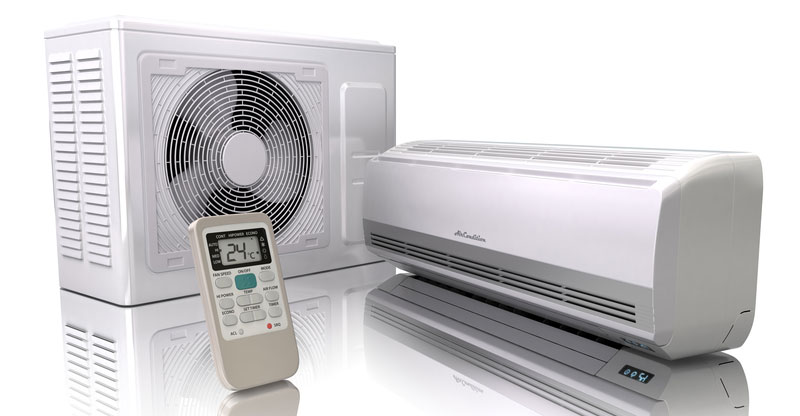‘R22 Phase out – What does it mean?

From the beginning of 2015 the use of the refrigerant gas R22 can no longer be used, this means that even recycled refrigerant R22 gas is no longer an option. The refrigerant gas R22 can no longer be used – we can help you stay on the right side of the law and comply with phase out dates. Get in touch with us today for a phase out consultation and speak to a phase out engineer.
Servicing existing units
Existing units using R-22 will not continue to be serviced with R-22 from 1st of January 2010. This means new refrigerant cannot be bought to fill this system only existing, stockpiled or reclaimed. Additionally, the new substitute refrigerants cannot be used without making some changes to system components. This means that service technicians who repair leaks to the system will continue to charge R-22 into the system as part of that repair. From January 2015 the total use and maintenance of these systems will no longer be allowed.
Installing new units
The transition away from ozone-depleting R-22 to systems that rely on replacement refrigerants like R-410A has required redesign of heat pump and air conditioning systems. New systems incorporate compressors and other components specifically designed for use with specific replacement refrigerants. With these significant product and production process changes, testing and training must also change. Consumers should be aware that dealers of systems that use substitute refrigerants should be schooled in installation and service techniques required for use of that substitute refrigerant.
A Common Sense Approach To Purchasing New Systems
Another important thing user can do for the environment is to purchase a highly energy-efficient system. Energy-efficient systems result in cost savings for the user. Today’s best air conditioners use much less energy to produce the same amount of cooling as air conditioners made in the mid-1970s. Even if your air conditioner is only 10 years old, you may save significantly on your cooling energy costs by replacing it with a newer, more efficient model. Products with EPA’s Energy Star® label can save homeowners 10% to 40% on their heating and cooling bills every year. These products are made by most major manufacturers and have the same features as standard products but also incorporate energy saving technology. Both R-22 and R-410A systems may have the Energy Star® label. Equipment that displays the Energy Star® label must have a minimum seasonal energy efficiency ratio (COP). The higher the cop specification, the more efficient the equipment.
You should consider energy efficiency, along with performance, reliability and cost, in making your decision. And don’t forget that when purchasing a new system, you can also speed the transition away from ozone-depleting R-22 by choosing a system that uses ozone-friendly refrigerants.
Refrigerant properties
R134A is a single hydrofluorocarbon or HFC compound. It has no chlorine content, no ozone depletion potential, and only a modest global warming potential. – ODP = 0, GWP = 1300
R407C is a ternary blend of hydrofluorocarbon or HFC compounds, comprising 23% of R32, 25% of R125 and 52% of R134a. It has no chlorine content, no ozone depletion potential, and only a modest direct global warming potential. – ODP = 0, GWP = 1610
R410A is a binary blend of hydrofluorocarbon or HFC compounds, comprising 50% of R32 and 50% of R125) it has no chlorine content, no ozone depletion potential, and only a modest global warming potential. – ODP = 0, GWP 1890
R417A is the zero ODP replacement for R22 suitable for new equipment and as a drop-in replacement for existing systems.
There are currently no restrictions on equipment or use of the following refrigerants: R134A, R407C, R410A, and R417A.
Contact UK Cool and Heat Ltd for your R22 phase out consultation
One of our phase out engineers will discuss your options
